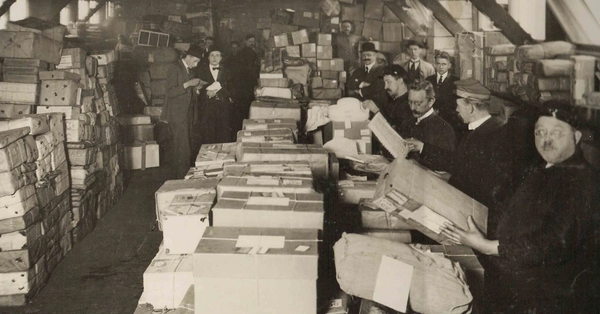About the history of mail
Number of letters and parcels per year
| 1875 | 1900 | 1925 | 1950 | 2024 | |
| Number of letters | 45 million | 100 million | 250 million | 423 million | 1.6 billion |
| Number of parcels | 1 million | 2.5 million | 7.5 million | 13 million | 371 million |
Back in time: our clothes, mailboxes and means of transport
We take big leaps in time and reflect on a number of years. Discover what our deliverers looked like. In which mailboxes they collected the letters and with which they transported the mail and packages. We go back to 1850.
Now-2011
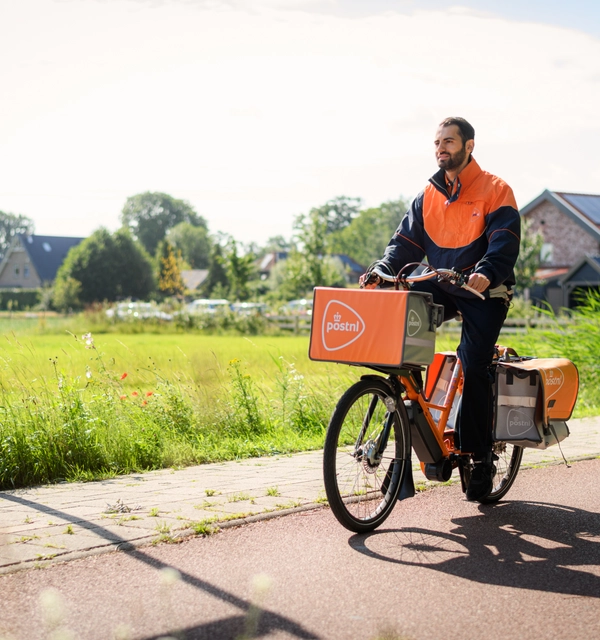
The postman today
Recognizable orange clothing.
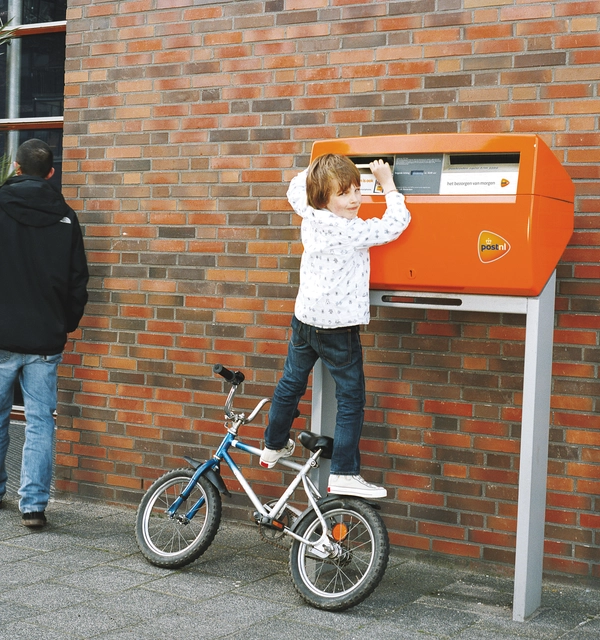
10,000 mailboxes
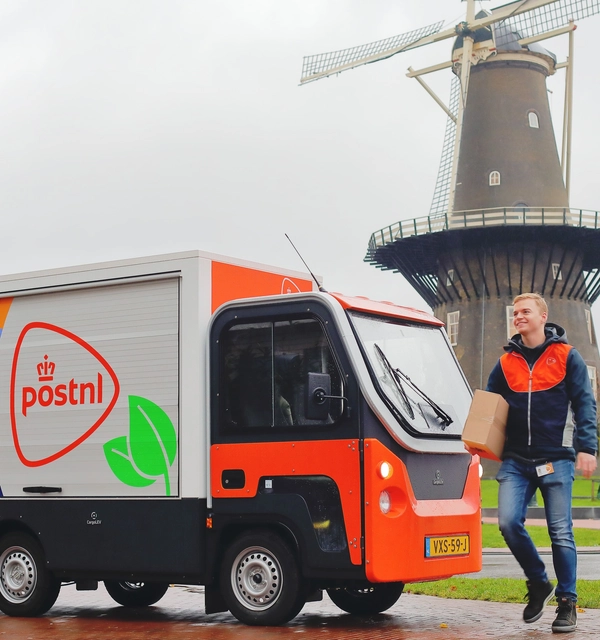
Electric vans for our parcel deliverers
Recognizable and appropriate for these times.
2011-1960
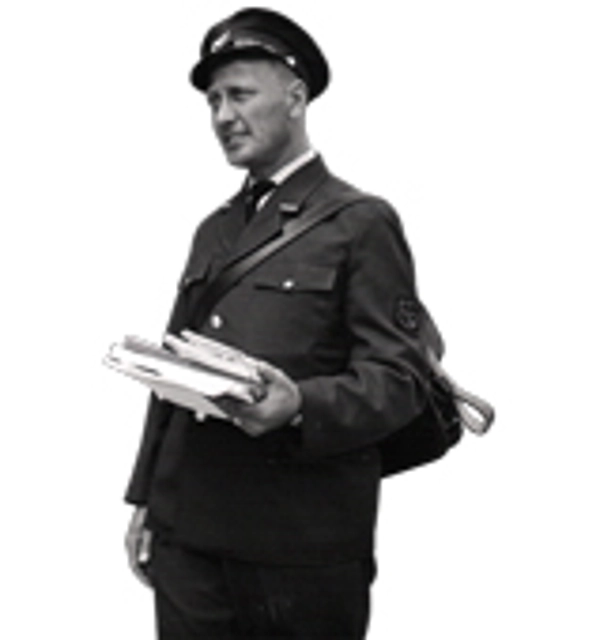
The postman in 1964
The uniform consists of a jacket, trousers, cap, shirt, tie, scarf and gloves.
The mailbox in 1962
For the first time with 2 compartments. To sort better.
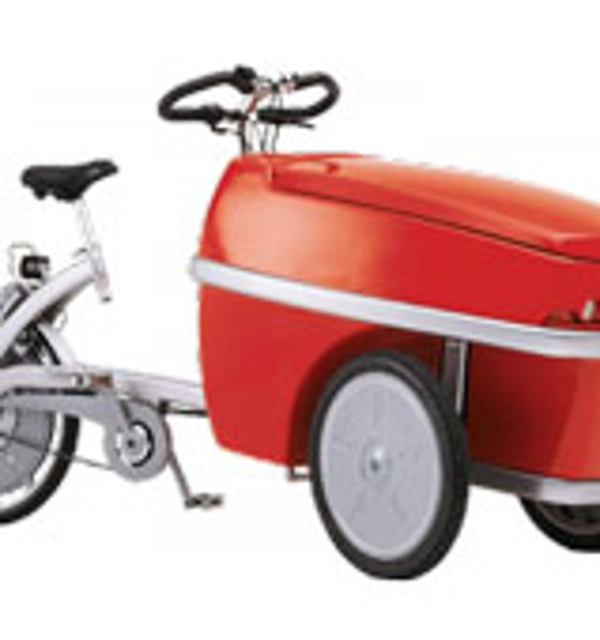
Do you remember it?
The Red Runner from 2001. Predecessor of the electric cargo bike.
1960-1850
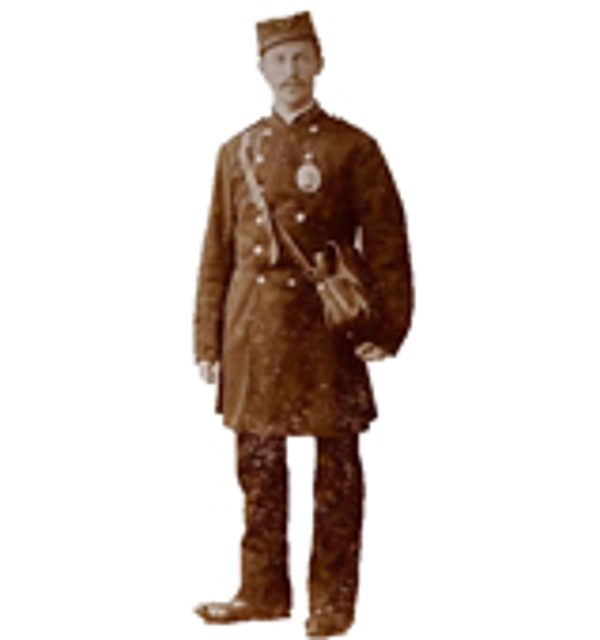
The uniform in 1878
Very stately. Appropriate for that time.
Back to 1850
For 110 years the mailboxes looked like this.
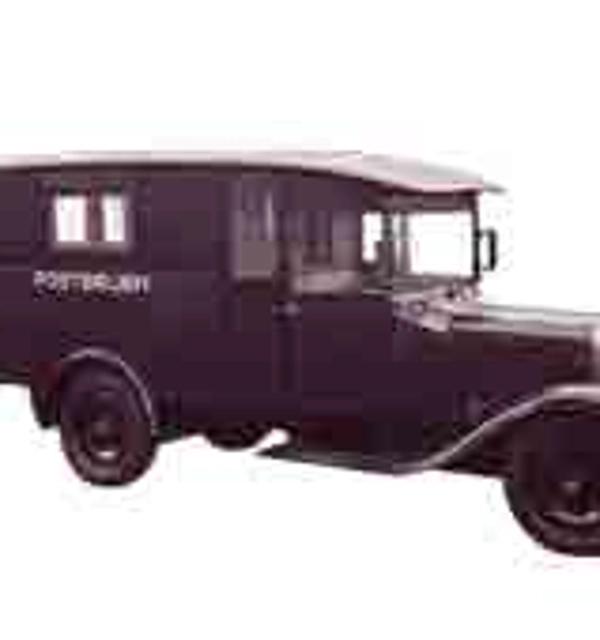
The postal car in 1928
With closed box and bars.
From PTT Post to PostNL
For a long time we were the only postal company in the Netherlands. In 1928 we got our first official name: PTT Post. A well-known concept for decades. In 1998 we ran our last rounds as PTT Post and continued as TPG Post until 2006. Between 2006 and 2011 you knew us as TNT Post, from 2011 to where we are now: PostNL.
